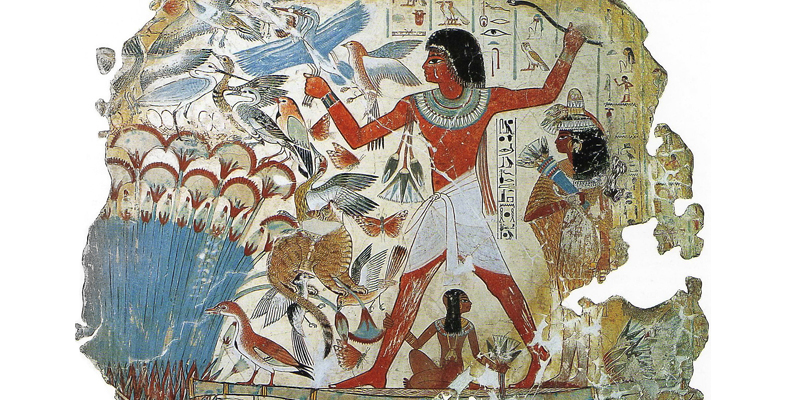Summary
Impressionist paintings give a vivid representation of contemporary reality. In comparison, Egyptian paintings represent everyday life but are also concerned with eternity. They are concerned with humanity’s relationship to the gods, with the afterlife, as well as with life on Earth. Among the most remarkable are paintings from the tomb-chapel of a Theban official Nebamun, painted over 3000 years ago, in about 1350 BC. These paintings were discovered in a tomb-chapel on the west bank of the Nile near Luxor in 1820 by Giovanni d’Athanasi, who was working for the British diplomat Henry Salt.
You were introduced to two ways to examine a piece of art. To ‘read’ a piece of art, you need to consider the subject of the sculpture or painting, how is it made, and how you would characterise its effect. To decode Egyptian art, you should look at them in a ‘dual’ way: seeing them as representations of physical things, but also grasping their symbolic dimension.
You will have discovered that many Egyptian pieces tell a story about a life, a person’s status and achievements, and their hopes for the afterlife. They should be viewed as part of a decorative scheme representing the person’s life and works, rather than a single image.
You can now go to Week 3 [Tip: hold Ctrl and click a link to open it in a new tab. (Hide tip)] .
